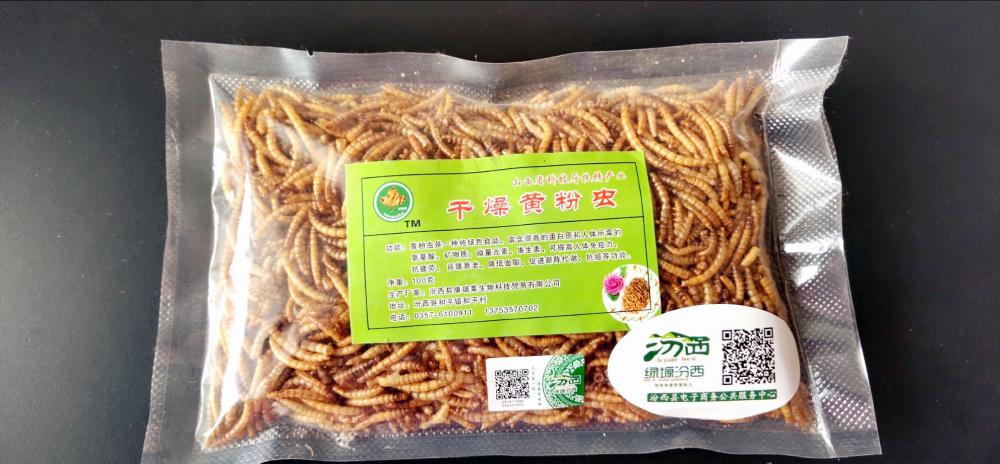This year, the planting of konjac was widespread, scattered, not connected, non-standard, and without planting techniques in Qianxi County. It is suggested that farmers must have the following planting techniques in order to obtain high yields and have certain economic benefits.
1. Select good varieties, must choose no injury, no disease, small nest, mouth flat, armpit-like, taro type, short and thick leaf buds, the bottom smooth flesh color, young skin. And separate sowing by size.
2. Apply base fertilizer: per acre, apply 500-1000 kilograms of farmyard manure, 20 kilograms of urea, and 10-15 kilograms of potassium sulfate.
3, timely sowing, the best sowing date from April 5 to May 5.
4. Select plots, choose deep soil, loose soil, fertile, cool, acidic soil and sandy soil.
5, scientific management, weeding soil cover. Skillfully applying chemical fertilizers to prevent and control diseases and insect pests. Only by mastering the above technologies can we achieve high yields and considerable economic benefits.
1. Select good varieties, must choose no injury, no disease, small nest, mouth flat, armpit-like, taro type, short and thick leaf buds, the bottom smooth flesh color, young skin. And separate sowing by size.
2. Apply base fertilizer: per acre, apply 500-1000 kilograms of farmyard manure, 20 kilograms of urea, and 10-15 kilograms of potassium sulfate.
3, timely sowing, the best sowing date from April 5 to May 5.
4. Select plots, choose deep soil, loose soil, fertile, cool, acidic soil and sandy soil.
5, scientific management, weeding soil cover. Skillfully applying chemical fertilizers to prevent and control diseases and insect pests. Only by mastering the above technologies can we achieve high yields and considerable economic benefits.
The yellow mealworm is not only rich in protein, fat, polysaccharid and other organic macromolecular nutrients, but also rich in phosphorus, potassium, iron, sodium, aluminum and other trace elements. For every 100g of the yellow mealworm larvae, the protein content of dry powder is between 48% and 54%, the fat content is between 28% and 41%, and the contents of vitamin E, B1 and B2 are also high. Therefore, the yellow mealworm can provide high quality protein for the abalone, and make the abalone stong and high in nutritions and more delicious.

Abalone Feed,5Kg Abalone Feed,10Kg Abalone Feed,15Kg Abalone Feed
Fenxi Kangruilai Biotechnology Co., Ltd. , https://www.kangruilai-petfeed.com